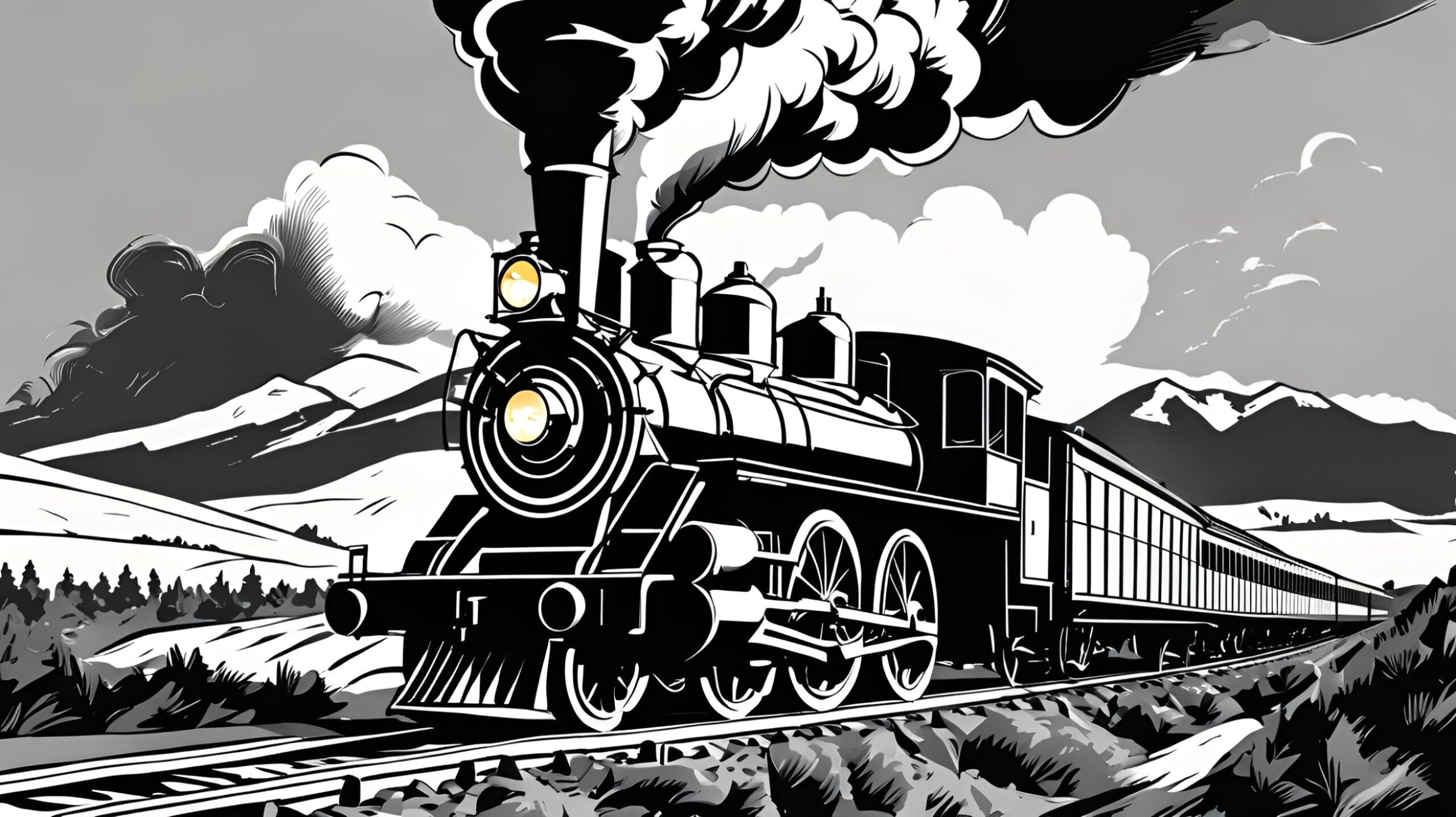Flashback to July 15
American History

Steam engines harness the power of heated water to produce motion, a technology that significantly influenced the Industrial Revolution. Among the many areas where steam engines were applied, none may be as iconic as the railroads, particularly the first steam-engine trains in the United States. On August 9, 1831, history was made when the first US steam engine train embarked on its first journey from Albany to Schenectady, New York.
Before delving into the significance and the dynamics of the Albany-Schenectady railway journey, let’s first understand what steam engines are and how they work. The steam engine operates on the principles of heat transfer and mechanical work. Water heated in a boiler forms steam which expands and exerts pressure. This pressure can be used to generate movement, turning wheels, or powering machinery.
Turning the focus to the railway industry, steam engines revolutionized travel and commerce. Prior to the advent of the steam engine, the transportation options were significantly limited. Horse-drawn carriages, sailing ships, and walking were the primary means of moving people and goods. This limited speed and the size of cargoes that could be transported, thereby slowing economic growth and development.
The first U.S steam engine train run, which took place between Albany and Schenectady, was a testament to American technological progress and innovation. The 16-mile journey may not seem significant today, but in 1831, it was an accomplishment of tremendous proportions. It indicated that people and goods could now be transported faster and more effectively than ever before, and served as a gateway to further exploration and expansion.
This historic railway line was developed by the Mohawk & Hudson Railroad, which later evolved into the prominent New York Central System. The train, named the DeWitt Clinton after the late New York governor and canal advocate, was an imported British engine. The DeWitt Clinton was an advanced engine, with a high-pressure boiler that could produce a higher output with less coal.
The train comprised the steam locomotive engine pulling a line of passenger cars. Despite its primitive design, it was capable of achieving remarkable speed. The DeWitt Clinton could reach speeds of up to 30 miles per hour, an incredible feat at that time. This was three times faster than a horse-drawn coach and indicated a new and exciting era of rapid travel.
Though it may be unthinkable for us today, the first passengers on the steam-engine train were terrified of the speed. They were not used to anything moving at such a pace, and there were fears that high-speed travel could cause health problems. Despite these initial reservations, the advantages of steam train travel soon became apparent. It was a faster, cheaper, and more efficient method of transportation, making it a game-changer for both people and goods transportation.
The success of the first US steam engine train run from Albany to Schenectady opened the way for more railway lines and steam trains across America. Railroads exploded in popularity and began crisscrossing the country, powering commerce, industry, and settlement across the United States. The rail system was instrumental in the economic development of the nation, transporting people and commodities, and facilitating westward expansion in the 19th century.
We strive for accuracy. If you see something that doesn't look right, click here to contact us!
Sponsored Content

First transatlantic helicopter flight…
On July 15, 1952,…

Christine Chubbuck becomes the…
On July 15, 1974,…

First flight of the…
On July 15, 1954,…

John J Persing, US…
John J Persing, a…

In Washington, DC, “American…
In a high-profile case,…

Tacoma Narrows Bridge opens…
On July 15, 2007,…

